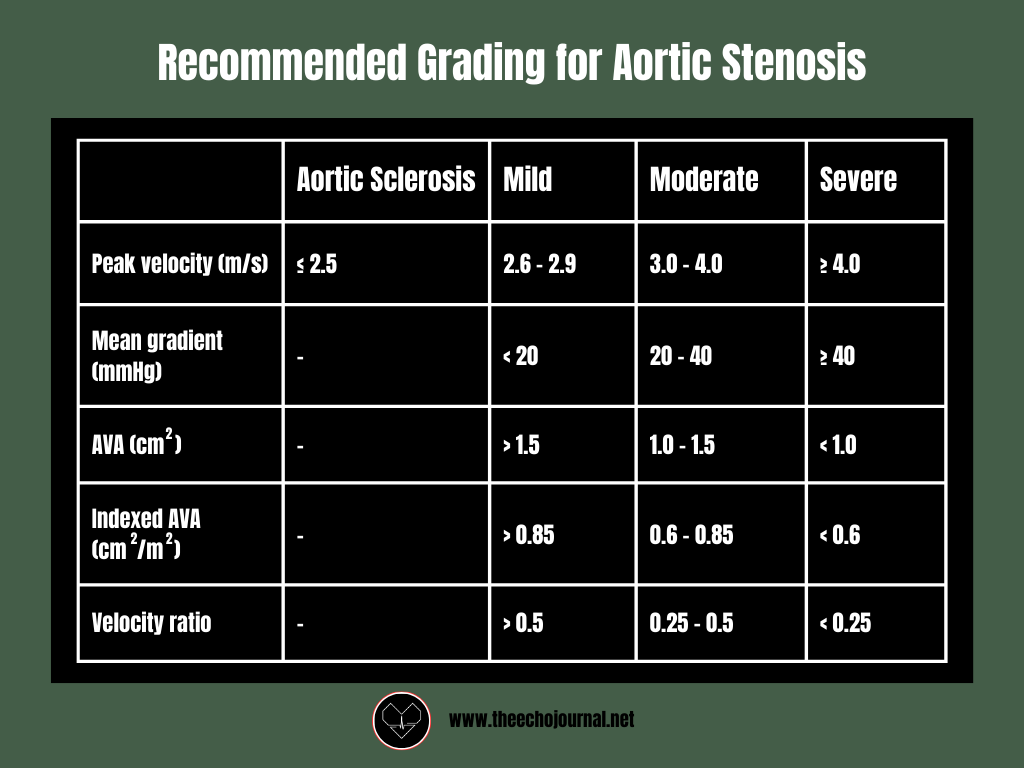Grading Aortic Stenosis
A Guide for Sonographers
Aortic stenosis (AS) is one of the most common valvular diseases you’ll encounter in echocardiography, and accurately grading its severity is important for clinical decision-making. While AS can seem complex at first, it becomes much easier to grasp once you understand the key parameters.
What is Aortic Stenosis?
Aortic stenosis is a progressive narrowing of the aortic valve, increasing resistance to left ventricular outflow. Over time, this leads to pressure overload, LV hypertrophy, and eventually, heart failure. The tighter the valve, the harder the heart has to work to push blood through it—much like trying to force water through a kinked garden hose. The most common causes of AS include age-related degenerative calcification, congenital bicuspid aortic valve, and rheumatic heart disease.



